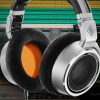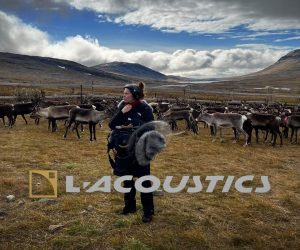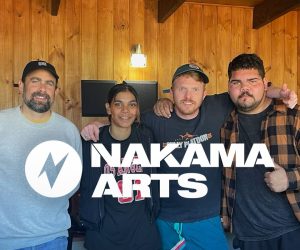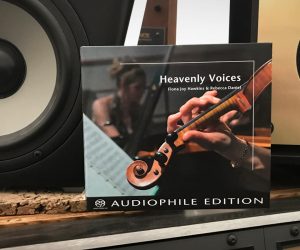
Top 5: Stephen Street
British producer Stephen Street went from bass player to in-house studio engineer at the famed Island Records in the early ’80s. His subsequent production credits are legendary (The Smiths, The Cranberries, The Pretenders, New Order and Blur et al). Here are his five most indispensable studio tools.
By Joe Matera
20 March 2023
AUDIENT ZEN CONSOLE
I don’t like mixing in the box — I’m a bit old school, having spent so many years bringing mixes up on a desk, the idea of trying to mix purely within the computer doesn’t sit too comfortably with me. I decided to purchase the Zen when I moved into my own space in Miloco Studios in the mid-2000s. The console is a great little platform, it doesn’t occupy too big a footprint and it’s got 16 major channel faders which is enough for me to subdivide the elements of the mix. As well as the main mix bus, there’s a couple of parallel mono buses, as well as another couple of parallel stereo buses. I can do parallel compression if I want or just route things into different channels and treat them differently, because I do like to have some outboard equipment across my mix.


API 500 SERIES LUNCHBOX
When I finally got my own studio space, I needed some good mic amps and some good external EQs and I’ve got to say the API 500 modules have been fantastic. I’m really happy with the sound of everything I record through these units. The 550A EQ is very musical, and it’s got a lovely sweet top end that doesn’t get too piercing. I can take it with me if I’m recording off site, which is fantastic, but nine times out of 10, it just sits there in my room. I use it for nearly everything recorded in my room, which tends to be vocals and guitars. And it does what it says on the box. The 550A is just a sweet EQ, logically laid out and is a very nice piece of kit to get my hands on and that I can actually utilise.
FAB FILTER PROQ
Fab Filter EQ allows me to more surgically find problem frequencies and notch them out. In general, if there’s a bit of a hump here or there, and those instruments are causing that, you can take a little bit of that frequency out. And vocals can be so different-sounding from one person to another, depending on the microphone and depending on how it was recorded. I find it a really good way of shaping EQ. I very rarely add a lot to things with that EQ, it’s more the case that I tend to take things out.


THERMIONIC CULTURE PHOENIX
The Phoenix compressor is a really good all-purpose stereo compressor. I can put it over the drum bus and it just holds those peaks, the cymbals and other elements in place. I don’t go over-the-top with it. If I’m crushing something I’ll tend to use a Distressor and then just blend that in. It also helps bring forward some of the harmonics on the snare, and just generally tends to glue things together nicely. It gives me a nice overall shape and from there I will add a bit of API EQ. I tend to do that generally quite quickly over the kit as a whole before I start going into the individual elements. I think back in the day in the ’80s when we had SSL channels (a compressor and limiter and EQ on every single channel), we tended to work separately on every channel. Whereas now, I’ve educated myself to get an overall balance of the whole kit, and just try general compression and EQ over that. Obviously, the bass drum still needs a bit of individually shaping, but I try and get the general shape of it first before I get too hung up on individual EQs on everything else.
PENCIL & PAPER (& ERASER)
I like a singer to sing the song from top to bottom — I don’t like to focus on one area at a time unless they insist. I actually rather they try and perform a song and there’s only so many times you can perform something before it starts to deteriorate — five or six, max. While the singer performs each take I’ll have the written lyrics in front of me, along with a comp sheet made up of columns for each performance. As they’re singing, I’ll give each take a tick in a particular line to note whether it was good or not. If I see something questionable, I can go back to the singer, look briefly on my sheet and give them some accurate feedback. Or I can go to a performance that may be generally good, but if there are a couple of lines that aren’t quite right, then we can focus on those rather than make them do the whole performance over and over again. It just makes it quicker for when you’re comping the vocals because visually you can see a foundation for the comp in front of you, for example, if Take 4 was the best take in general and I will start there.



























RESPONSES